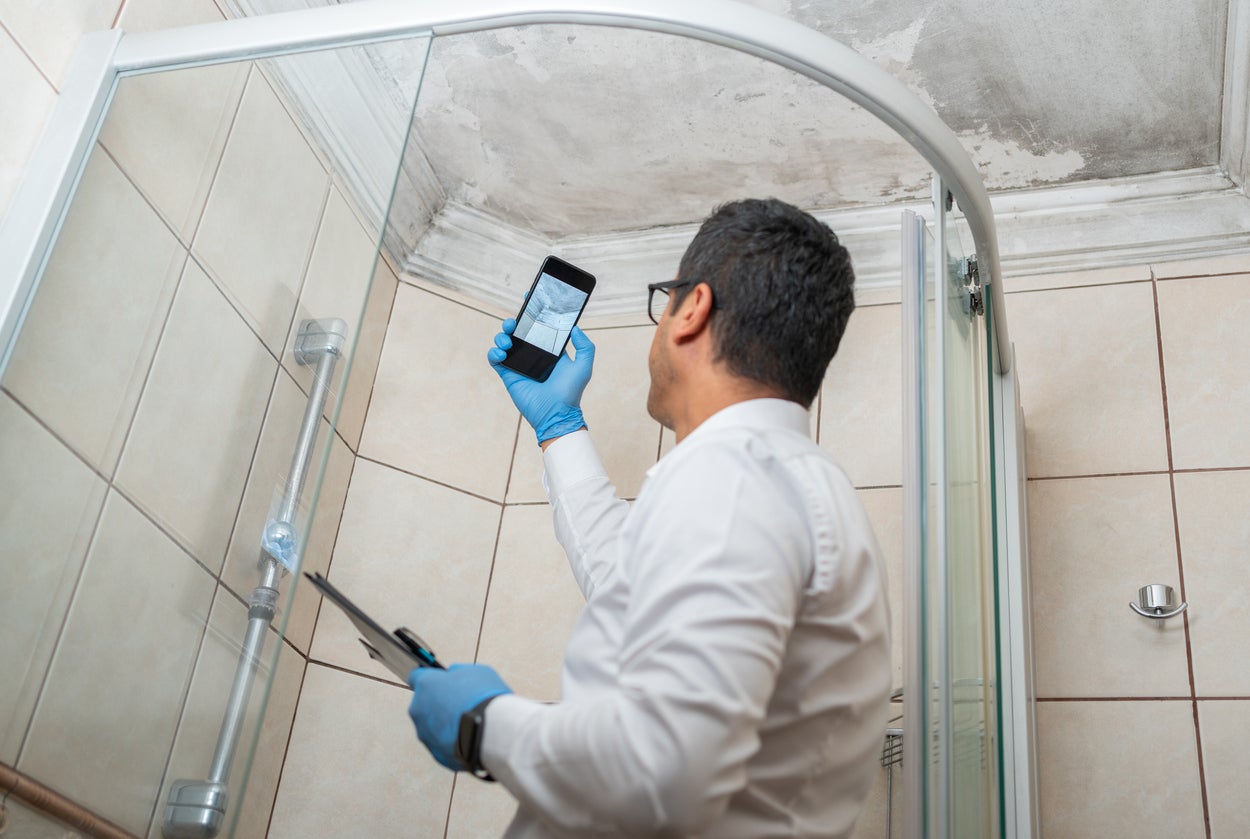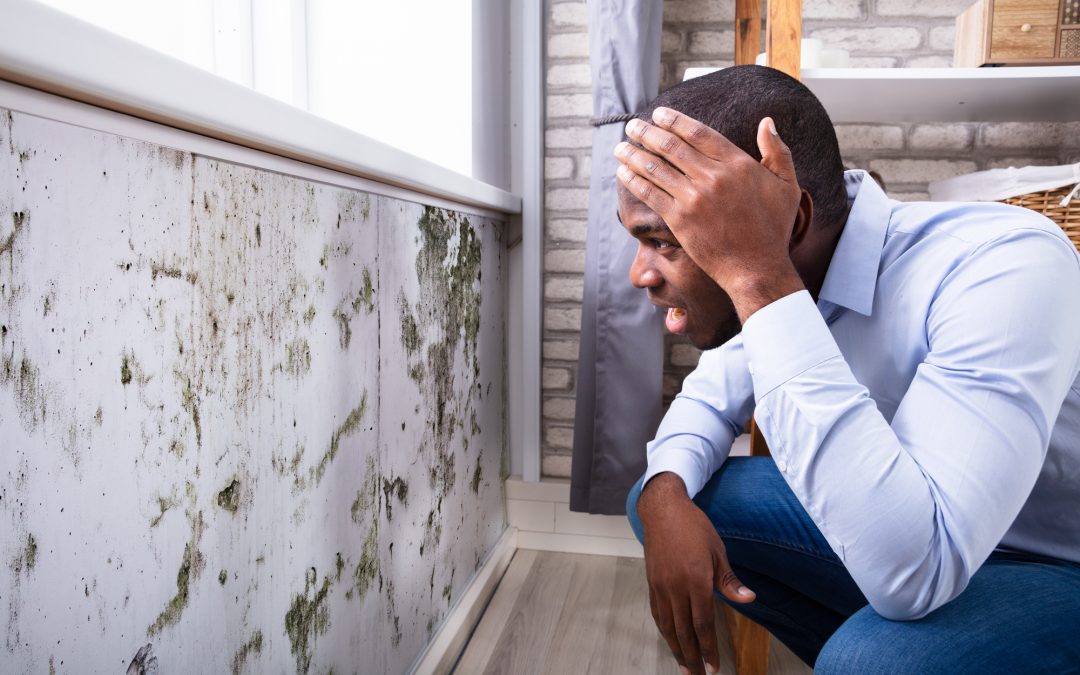After Mold Remediation Approaches for Clean Rooms
After Mold Remediation Approaches for Clean Rooms
Blog Article
Expert Tips for Message Mold Removal Success
In the world of mold remediation, efficiently eliminating mold is only half the fight; truth difficulty hinges on preventing its reappearance. Post-remediation initiatives play an important duty in guaranteeing a mold-free environment in the long-term. By adhering to expert ideas and ideal techniques, people can protect their areas versus mold renewal and keep a healthy and balanced indoor setting. It is in this phase of the remediation process that interest to information and positive measures really make a distinction.
Screen Humidity Levels Regularly
Normal monitoring of moisture levels is crucial in making certain the effectiveness of article mold and mildew remediation initiatives. After finishing mold removal procedures, maintaining optimum humidity levels is crucial to prevent mold and mildew re-growth and ensure a healthy and balanced indoor setting. Tracking humidity degrees allows for very early discovery of any type of spikes or fluctuations that can possibly result in mold and mildew renewal. High moisture levels over 60% create a favorable atmosphere for mold to grow, making routine keeping an eye on a positive measure to avoid any kind of future mold and mildew problems - what to do after mold remediation.
Additionally, developing a regular schedule for moisture checks, especially in high-risk areas such as cellars, shower rooms, and kitchen areas, is a positive technique to mold prevention. By regularly keeping track of humidity levels, residential property proprietors can efficiently alleviate the risk of mold and mildew reoccurrence and keep a healthy and balanced interior setting post-remediation.
Conduct Thorough Inspections Post-Remediation
Adhering to the conclusion of mold and mildew remediation procedures, it is crucial to conduct comprehensive inspections to verify the performance of the remediation process. These post-remediation inspections are important in making sure that the mold and mildew problem has been successfully resolved and that there is no recurrence or remaining mold development. Assessments ought to be lugged out by certified professionals that have expertise in identifying mold and examining interior air top quality.
During these examinations, numerous approaches such as aesthetic analyses, air sampling, and surface tasting might be employed to extensively evaluate the remediated locations. Visual assessments involve a comprehensive evaluation of the properties to look for any type of visible signs of mold and mildew development or water damage. Air tasting aids in identifying the air-borne mold spore degrees, while surface tasting can discover mold and mildew fragments on surfaces.
Implement Correct Air Flow Approaches
After making certain the efficiency of the mold remediation process through extensive assessments, the following essential step is to concentrate on executing appropriate air flow strategies. Ample ventilation is essential in avoiding mold and mildew reoccurrence by regulating wetness degrees and advertising air circulation.
Correct air flow not just aids in stopping mold development yet additionally adds to the general wellness and comfort of occupants. By ensuring sufficient air flow throughout the residential or commercial property, you can reduce the threat of mold regrowth and create a much healthier living environment. Normal maintenance of ventilation systems, consisting you can try this out of cleansing and filter substitutes, is essential to sustaining reliable air flow. Consulting with heating and cooling specialists can supply more understandings right into optimizing ventilation methods for your particular home needs.

Use Mold-Resistant Materials for Repairs
To enhance the long-term performance of mold and mildew remediation efforts, including mold-resistant products for repairs is crucial in reducing the risk of future mold and mildew development. Mold-resistant products are made to stand up to moisture and prevent mold development, making them a vital choice for areas prone to moisture and humidity. When fixing locations impacted by mold and mildew, using materials such as mold-resistant drywall, mold-resistant paints, and mold-resistant caulking can help stop mold and mildew reoccurrence.
Mold-resistant drywall is an outstanding choice to conventional drywall in areas like cellars and restrooms where dampness degrees are greater. This type of drywall has a special coating that withstands mold growth also when revealed to damp problems. In addition, using mold-resistant paints having antimicrobial representatives can better hinder mold advancement on walls and ceilings.
In areas where dampness prevails, such as cooking areas and bathrooms, using mold-resistant caulking around sinks, home windows, and tubs can assist seal out water and prevent mold from holding in splits and holes. By buying these mold-resistant materials throughout fixings post-remediation, you can significantly decrease the likelihood of future mold concerns and preserve a much healthier indoor atmosphere.
Maintain Cleanliness and Address Water Issues
After mold remediation, it is vital to maintain a clean atmosphere to protect against the regrowth of mold. Leaks, water intrusion, or high moisture degrees can develop the ideal reproduction ground for mold, so it is necessary to repair any type of water-related problems promptly.
To keep cleanliness, think about making use of HEPA filters in vacuums and air cleansers to trap mold and mildew spores and stop their circulation in the air. In addition, making certain correct ventilation in locations prone to moisture build-up, such as bathrooms and kitchen areas, can assist keep humidity degrees in check. By staying cautious about cleanliness and attending to water issues without delay, you can effectively protect against mold reinfestation and preserve a healthy interior environment.
Conclusion

In the world of mold and mildew removal, successfully eliminating mold and mildew is just half the battle; the true obstacle exists in avoiding its reappearance. After finishing mold removal treatments, keeping optimum moisture levels is essential to avoid mold and mildew re-growth and make certain a healthy and balanced indoor atmosphere. High humidity degrees above 60% create a favorable environment for mold to thrive, making normal keeping track of an discover this info here aggressive measure to protect against any type of future mold and mildew problems.
To boost the lasting efficiency of mold and mildew removal initiatives, incorporating mold-resistant products for fixings is important in minimizing the risk of future mold and mildew growth. After mold removal, it is critical to maintain a tidy environment to prevent the regrowth of mold.
Report this page